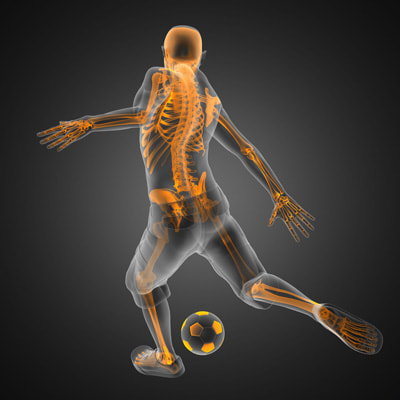Injury Biomechanics takes the facts of the incident and correlates them with the facts of the injury

Injury Biomechanics is the application of engineering principles to the understanding of how the body is injured.
As the term suggests, Injury Biomechanics involves both biological and mechanical engineering sciences. By applying both mechanical engineering and medical science, Injury Biomechanics can tell exactly how an injury occurs. Injury Biomechanics is also useful in determining ways to prevent injury from occurring.
In determining how an injury transpires, the actual injury or injury pattern is established. Strains, sprains, contusions, lacerations, ruptures, and fractures are some of the typical forms of trauma to biological tissues. Photos of injuries or autopsy proceedings, X-rays, CT scans, MRIs and other images can also provide necessary information.
To further understand the nature of an injury, it is necessary to have a good understanding of the incident and the sequence of injury-producing events. Data are obtained from incident reports, witness statements, medical histories and depositions.
Typical among the factors examined in a motor vehicle accident are the vehicles themselves, the use of restraint systems and the scene of the accident. In slip-and-falls, the scene of the accident is closely examined, along with such factors as shoes, slip resistance of a flooring surface, location of blood stains, etc. Using this information, the cause of an injury can often be determined.
Injury biomechanics combines knowledge of basic anatomy, the condition of the involved tissue before and after the accident, information regarding the amount of force necessary to cause injury and an understanding of how these same forces have to be applied. Taking all this into consideration together explains how an injury occurs.
As the term suggests, Injury Biomechanics involves both biological and mechanical engineering sciences. By applying both mechanical engineering and medical science, Injury Biomechanics can tell exactly how an injury occurs. Injury Biomechanics is also useful in determining ways to prevent injury from occurring.
In determining how an injury transpires, the actual injury or injury pattern is established. Strains, sprains, contusions, lacerations, ruptures, and fractures are some of the typical forms of trauma to biological tissues. Photos of injuries or autopsy proceedings, X-rays, CT scans, MRIs and other images can also provide necessary information.
To further understand the nature of an injury, it is necessary to have a good understanding of the incident and the sequence of injury-producing events. Data are obtained from incident reports, witness statements, medical histories and depositions.
Typical among the factors examined in a motor vehicle accident are the vehicles themselves, the use of restraint systems and the scene of the accident. In slip-and-falls, the scene of the accident is closely examined, along with such factors as shoes, slip resistance of a flooring surface, location of blood stains, etc. Using this information, the cause of an injury can often be determined.
Injury biomechanics combines knowledge of basic anatomy, the condition of the involved tissue before and after the accident, information regarding the amount of force necessary to cause injury and an understanding of how these same forces have to be applied. Taking all this into consideration together explains how an injury occurs.
Southern CA: 1345 Encinitas Blvd. #733, Encinitas CA 92024
Northern CA: 2261 Market Street STE 10202, San Francisco, CA 94114
(760) 635 - 2630
Copyright © 2015-2024
Northern CA: 2261 Market Street STE 10202, San Francisco, CA 94114
(760) 635 - 2630
Copyright © 2015-2024